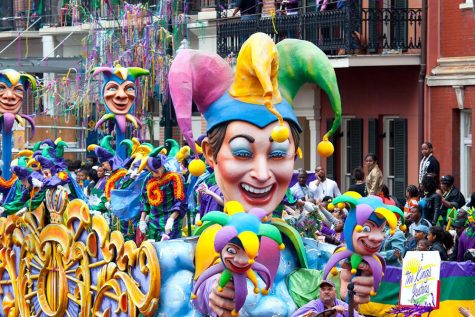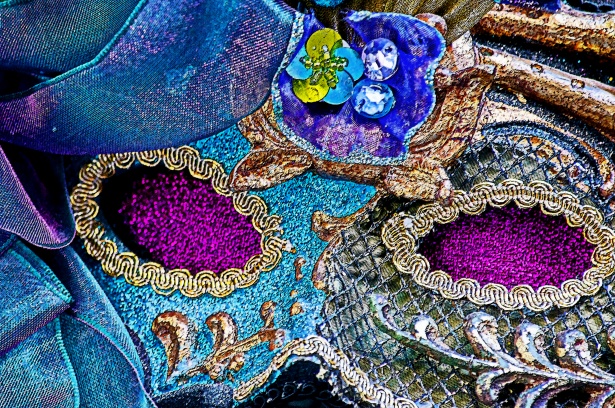Mardi Gras has Deep Roots
The fantastical “holiday” known as Mardi Gras—also called Carnival or Shrove Tuesday in different parts of the world—was this past Tuesday on March 5th. However, celebrations began long before then, and will end much after. This festive party (only a legally recognized holiday in Louisiana), most well-known for being in New Orleans, Venice, and across Brazil, happens every year beginning in mid-February and running to early-March. It is most known for the profusion of brightly colored costumes, beads, and masks that are integrated into the parades, parties, masquerade balls, and more. Along with this, Mardi Gras is often known for its chaos, indulgence, tourists, consumption of alcohol, fatty foods (also attributable to its French translation “Fat Tuesday”), and so much more. While Mardi Gras seems to be just a celebration of “fun and games,” there is a plethora of history and culture behind it that many do not know.

To begin, Mardi Gras is actually an idea that is believed to originate with millenia old Pagan spring and fertility rituals. These pagan rituals later evolved into a Roman Catholic holiday. The season of Mardi Gras, or Carnival, is important in religious tradition as it represents the period between January 6, twelve days after Christmas, and Easter itself, typically in late March or early April. The specific Mardi Gras day is the Tuesday before Ash Wednesday. This date on the Catholic calendar begins the 40-day period of lent which ends on Holy Thursday, the day before Good Friday. Lent is important in the Christian cultural sphere because it is the season of fasting, penance, and self-resistance as it leads up to Easter, the celebration of Jesus’s resurrection. So, Mardi Gras is a day of indulgence and “sinning” because of its position right before one of Christianity’s most conservative and austere seasons.
Mardi Gras’ path through history mostly begins with Rome as Christianity took root there. The celebration then spread throughout Western Europe to different countries, along with the spread of

Christianity. The name, Mardi Gras, and the specific celebration is French in origin, and that is why it has become so important in what used to be French territories in North America. The very first Mardi Gras appears happened on March 3, 1699 when French explorers Pierre Lemoyne d’Iberville and Sieur de Bienville arrived in an area along the Gulf of Mexico near present-day Mobile,

Alabama. There they had a small celebration well-knowing that it was being celebrated back home in France. After this, Mardi Gras was celebrated as such for decades in all French territories until the Spanish invaded and ended such festivals. It would later become nonexistent until Louisiana gained US State status in 1812. In 1827, students had the idea of parades as big as the ones in Paris and this slowly caught on throughout time to become the ones of today.
Mardi Gras is deep in a rich religious history, and yet very few people know much about it. Everyone thinks that it is just a cheesy holiday for drunk adults, but the truth behind it is so much more.







